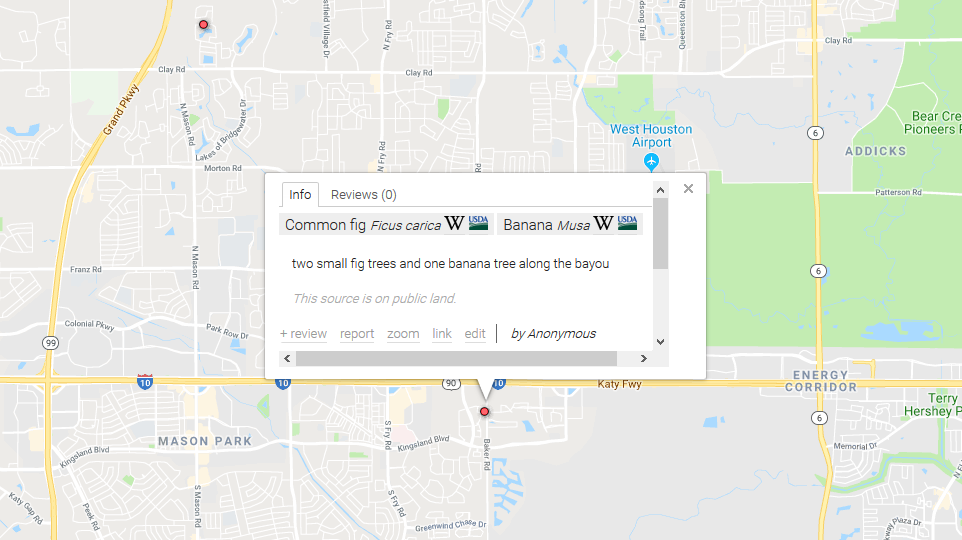This is Not my Idea…
…but I love the idea of fruit-tree lined streets. And, it seems like a wonderful way to feed those who might otherwise not have a way to eat. And yes, it is messy, and might require more diligence in keeping the streets clean; however, this is still a lovely idea. Let’s place this in the confines of a campus. With students going back and forth, fresh fruits and vegetables would make more better snack options than what is currently in the closest vending machine.

Alas, the United States is still a capitalist society. So, I might recommend adding a tax credit to corporations who plant fruits and vegetables for public and private access.
Now, that’s an idea.
Honestly, the fruit tree idea does have a little backlash. For example, in an article on the Landscape Architects Network, the author openly states that this is a bad idea. They bring the points of the fruit being wasted; no government support, and the hazard of slippery fruit on sidewalks. (https://land8.com/5-reasons-why-planting-fruit-trees-along-sidewalks-is-a-terrible-idea/)
Okay, so again, we bring it to the campus. With a built in workforce of work study students; business interns, and agriculture and/or horticulture majors, not only could fresh produce mean gains (but not the “Freshman Fifteen” kind) in the health of the student body, but an inherent revenue stream for the campus that participates by way of launching a Farmer’s Market.
The Farmer Market would allow the planting and harvesting of the produce to be self-sustaining…at least in my entrepreneurial thought process.
Think of all the things we could grow–while not growing our waistlines on campus. Wouldn’t it be awesome to go out to the garden–and this would have to policed in some way–and grab a salad, a fresh one–and go back to your desk, collabo-lounge (Hi, David!), or prepare for your next class while discussing your next steps towards your “wings?” (Hi, Tineke!)
While it is just a thought, It could be a great one. Besides, Houston needs less concrete to soak up all the rains, while its not so great for a flourishing garden, breaking up a little concrete could proof very beneficial.
The raw food pyramid includes a few of the “growables…”what do you think?
Additionally, the website falling fruit gives us hope. (http://www.fallingfruit.org) The website provides a clickable map of international sources of fruit. According to the website, ”
Falling Fruit is a celebration of the overlooked culinary bounty of our city streets. By quantifying this resource on an interactive map, we hope to facilitate intimate connections between people, food, and the natural organisms growing in our neighborhoods. Not just a free lunch! Foraging in the 21st century is an opportunity for urban exploration, to fight the scourge of stained sidewalks, and to reconnect with the botanical origins of food.

Our edible map is not the first of its kind, but it aspires to be the world’s most comprehensive. While our users contribute locations of their own, we comb the internet for pre-existing knowledge,
seeking to unite the efforts of foragers, foresters, and freegans everywhere. The imported datasets range from small neighborhood foraging maps to vast professionally-compiled tree inventories. This so far amounts to 2,680 different types of edibles (most, but not all, plant species) distributed over 1,430,185 locations. Beyond the cultivated and commonplace to the exotic flavors of foreign plants and long-forgotten native plants, foraging in your neighborhood is a journey through time and across cultures.”
In conclusion, the creative process was a bit borrowed. I started with streets and landed on campus. I wouldn’t call it innovative, just a variation on the concept to help our students flourish, and to mitigate the risks as put forth by the article as mentioned above. Gosh! I really don’t need anymore “fresh” ideas. (Pun intended.)
